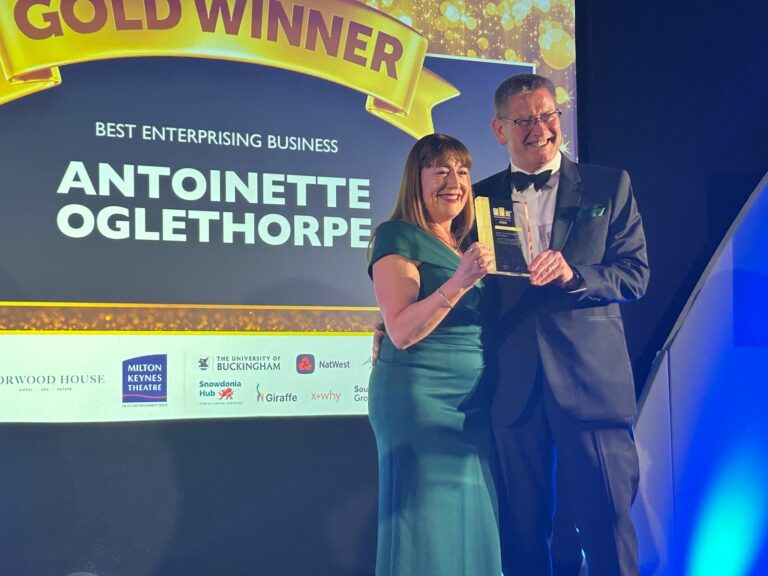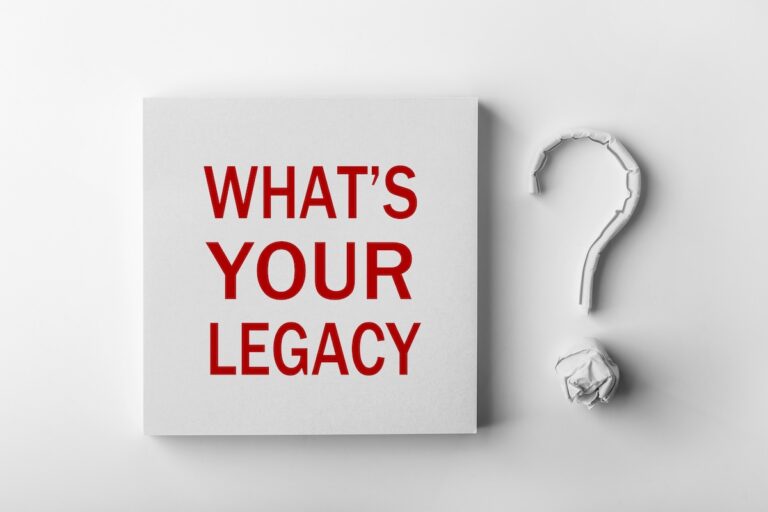Are you responsible for leadership training within your organisation?
If so, you have one of the toughest jobs going in this difficult climate.
With the highly competitive nature of business today, organisations are holding everyone to higher standards. This means that business leaders are being pressured to deliver results – and HR/Learning & Development Departments are no exception. Like other business units, they are expected to do more with less as well as provide evidence of their value. Organisations are going to need to see hard evidence that time and money spent on leadership training is making a real difference.
This post is going to share with you 6 techniques that will allow you to design and deliver a leadership development programme that will really make a difference to the business.
Secret No. 1: Focus on skills and behaviours, not just theories.
Ultimately, the only way leaders can influence others behaviours is through their own behaviour i.e. what they say and what they do. So, while there is a place for leadership theories, a truly effective leadership development programme will provide leaders with the practical skills, tools and techniques to help them influence the behaviour of others in the way that is needed to deliver business results.
Secret No. 2: Make it real.
You can’t force people to change their behaviour. People will only adapt their behaviour voluntarily. You need to create development experiences that will persuade people both intellectually and emotionally that behavioural change is both possible and advantageous for them and for the organisation. One very powerful way of doing that is through the use of drama because it has an impact on both the intellect and the emotions. And the use of professional actors can provide an invaluable opportunity for participants to try out new behaviours and develop their skills.
Secret No. 3: Combine a number of experiences and connect them back to the workplace.
Under-developed leadership skills and behaviours are a bit like underused muscles. To develop them, one must actively and continuously work on them, over time, through a variety of development experiences with each one reinforcing and building on the last.
Secret No. 4: Look for ways to encourage participation and create collaborative learning opportunities.
Start with what the participants know already and then build a series of experiences that will enable them to actively learn what they need to learn by participation rather than by presentations by the trainer. The trainer is there to facilitate the learning, rather than being the focus of the process. That is not to say, of course, that presenting new information to leaders is no longer necessary. But by getting them actively involved in the process all the trainer needs to do is to ‘plug the gaps’.
Secret No. 5: Create a positive and stimulating learning experience right from the start.
The effectiveness of any leadership development programme is a function, not only of its content and methodology, but also the quality of the total experience for participants from the moment they are nominated to take part. Engage participants in the training before the workshop through the communications and administration process as well as during the workshop through design and facilitation. In both cases help participants see “what’s in it for me?” so that they arrive in a state of mind that is curious and receptive.
Secret No. 6: Get the environment right.
Just as the venue is a critical element in the success of any important social event, so is the case with a development programme. For most leaders, the venue is inextricably linked with how they feel about the programme. More importantly, it can have a serious impact on how effectively they learn. If leaders feel comfortable at the venue, their learning is enhanced. Likewise, an inappropriate venue can have a disastrous effect on even the most professionally designed development programme.
Oscar Wilde said “We teach people how to remember, we never teach them how to grow.” Put these secrets into practice and you will teach your leaders how to grow – themselves, their people and ultimately the business.



